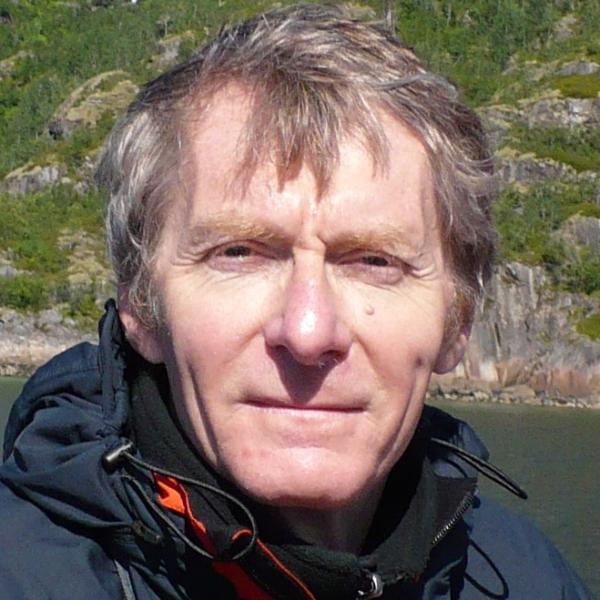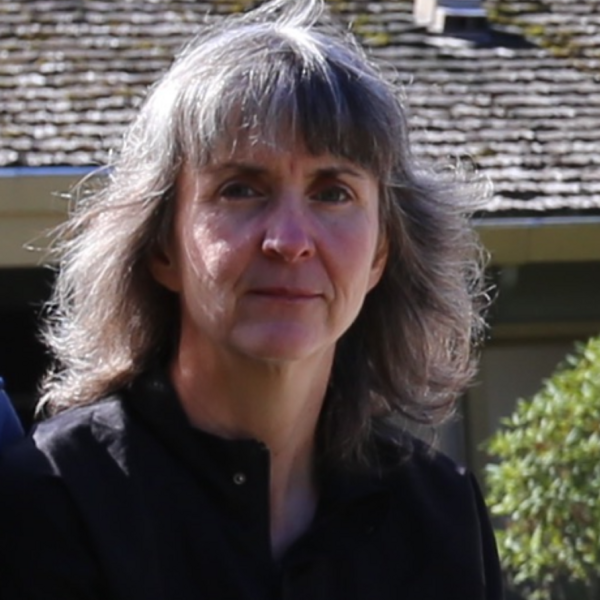Theme 1 - Earth system science modelling
Our Theme 1 programme addresses questions concerning the capacity of rock weathering driven by intensively managed crops to capture carbon dioxide. This will ultimately affect future CO2-climate trajectories, ocean-atmosphere chemistry and marine ecosystems.

his programme is being developed across three strategic areas:
Soil-mineral geochemistry modelling
We are developing robust numerical tools for simulating the chemical breakdown of crushed silicate rocks applied to soils via the effects of roots, microbes and climate.
Our strategy involves developing a detailed next generation model based on thermodynamic and kinetic considerations of weathering reactions in soil solution.
In parallel, we are developing a computationally efficient regional scale model for simulating carbon capture by enhanced weathering in croplands.
The regional scale weathering model is being designed as a standalone module suitable for interfacing with other globally applicable cropland models. Models are evaluated against lab and field datasets (Theme 2 and Theme 3).
Global agricultural production modelling
We are developing the next generation Sheffield Dynamic Global Vegetation Model to incorporate managed lands (SDGVM-ml), with an emphasis on simulating the primary production and yields of the world’s major crop types, soil biogeochemistry and interactions with inorganic (NPK) and organic fertilisers.
Our advanced ‘in house’ LC3M global agricultural model will be coupled to the weathering model, alongside other leading agricultural models (eg, LPJ-ml), and evaluated against field datasets for agroecosystems (Theme 3).
We adopt ensemble simulations of carbon capture into the future through enhanced weathering strategies driven by multiple global climate model projections of 21st century climate and land-use change.
Earth system feedback modelling
We are adopting several Earth system models (ESMs) ranging from GENIE, as an intermediate complexity ESM, through to CESM(CLM) and UKESM(JULES), as full complexity, high-resolution ESMs, to investigate major feedbacks of enhanced weathering strategies on atmospheric CO2, atmospheric and ocean chemistry and climate.
Phase 2 flagship simulations are planned with UKESM for delivering regional-scale analysis of protection/vulnerability for specific threatened ecosystems, eg, reef-building corals.
At higher resolution, ocean circulation features redistributing enhanced weathering products, eg boundary currents and mesoscale eddies, are realistically resolved and can be combined with offline Lagrangian particle-tracking to further investigate enhanced weathering in terms of basin-scale ocean connectivity (biological/chemical) and regional-scale water-mass residence. This will allow assessment of the spread of enhanced weathering effects and their persistence where local amelioration treatments are applied.






























